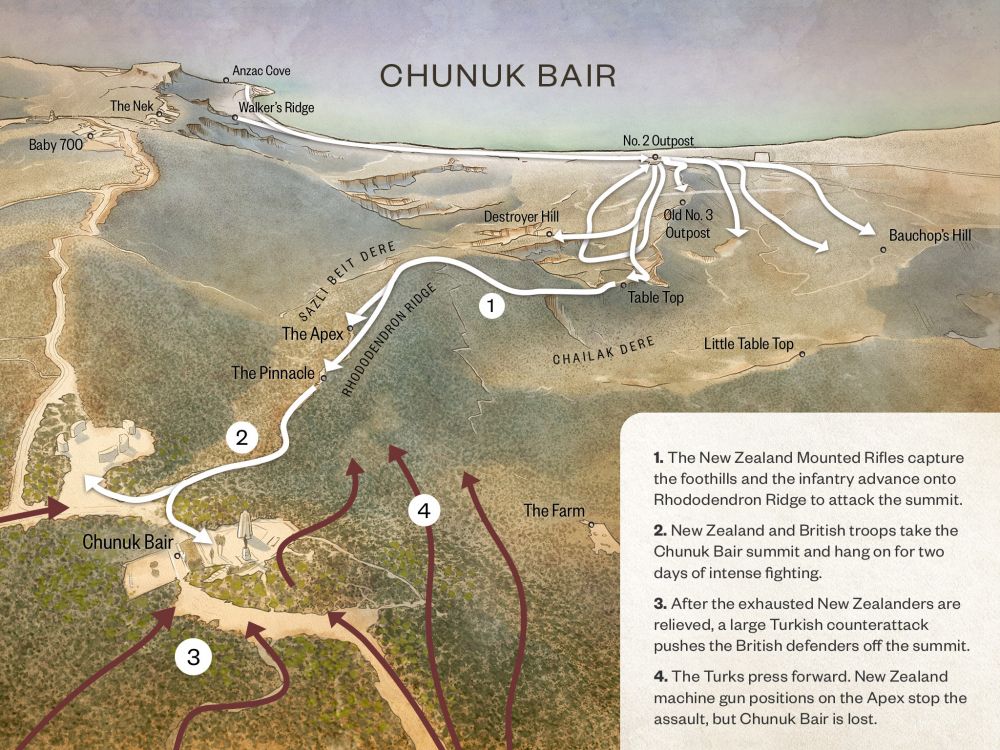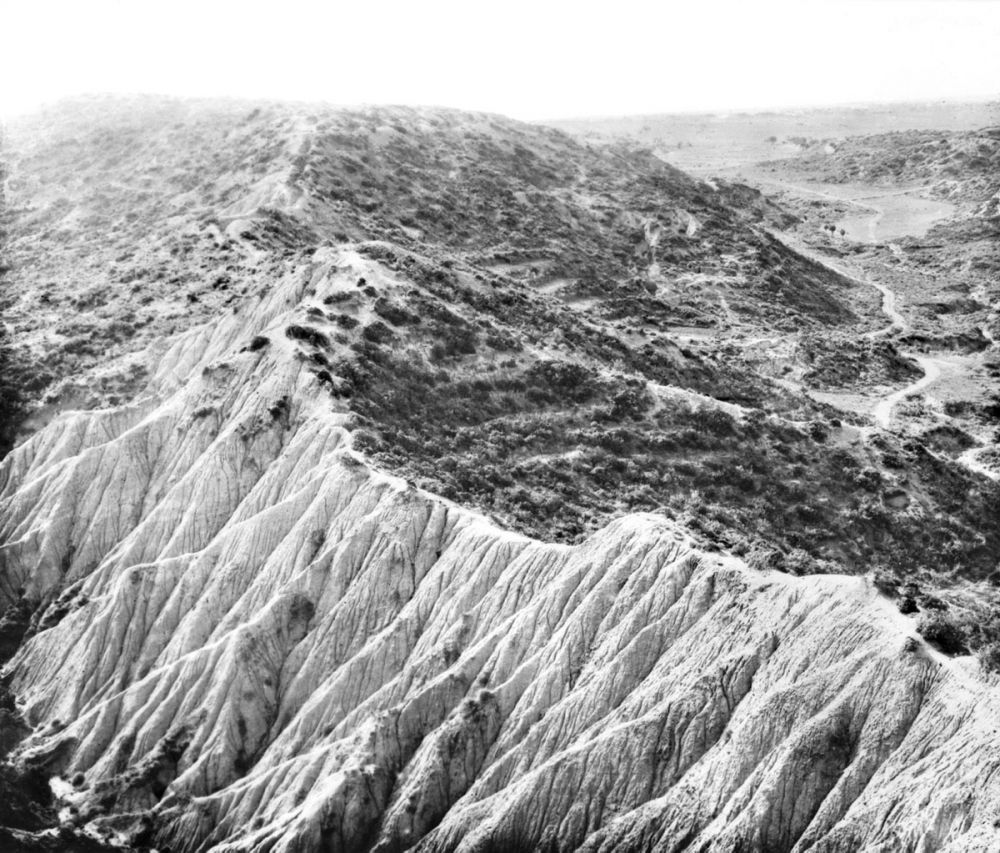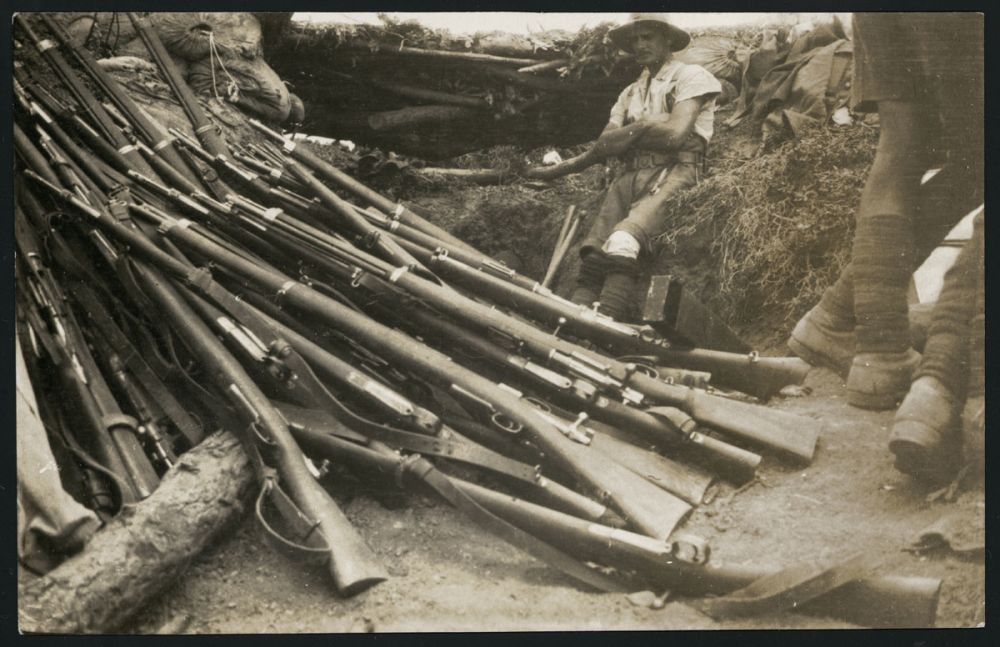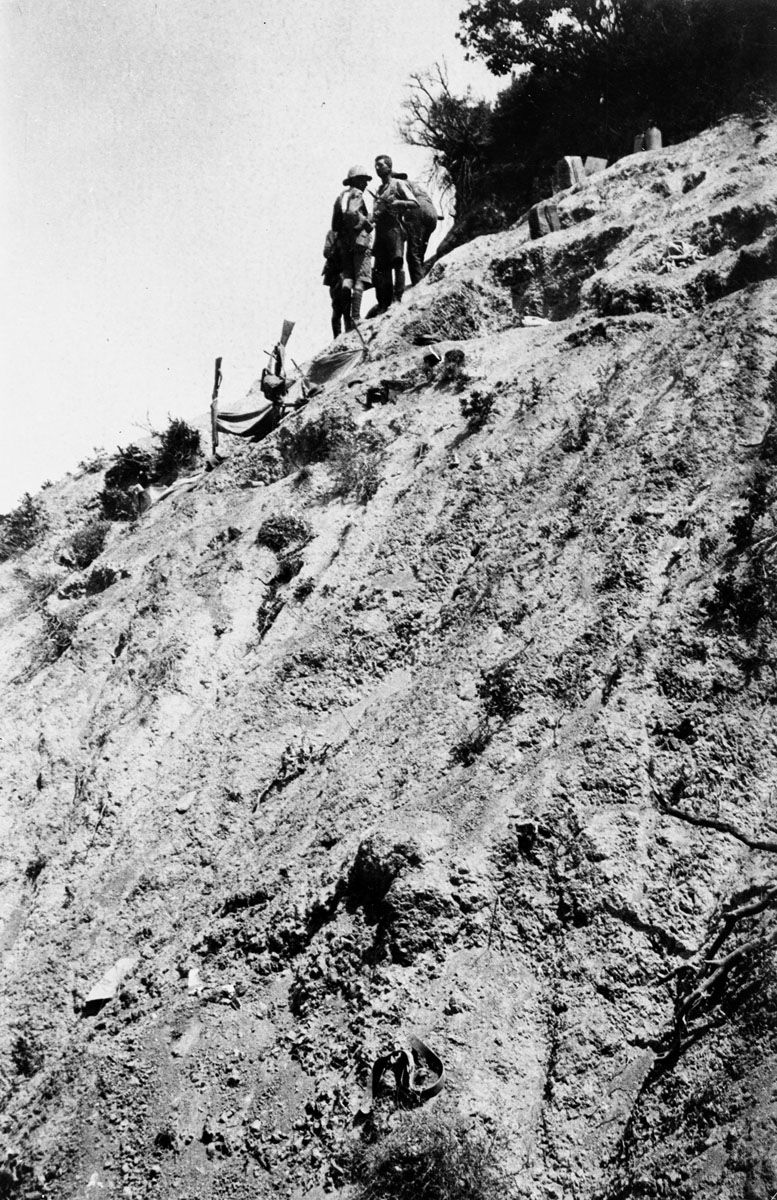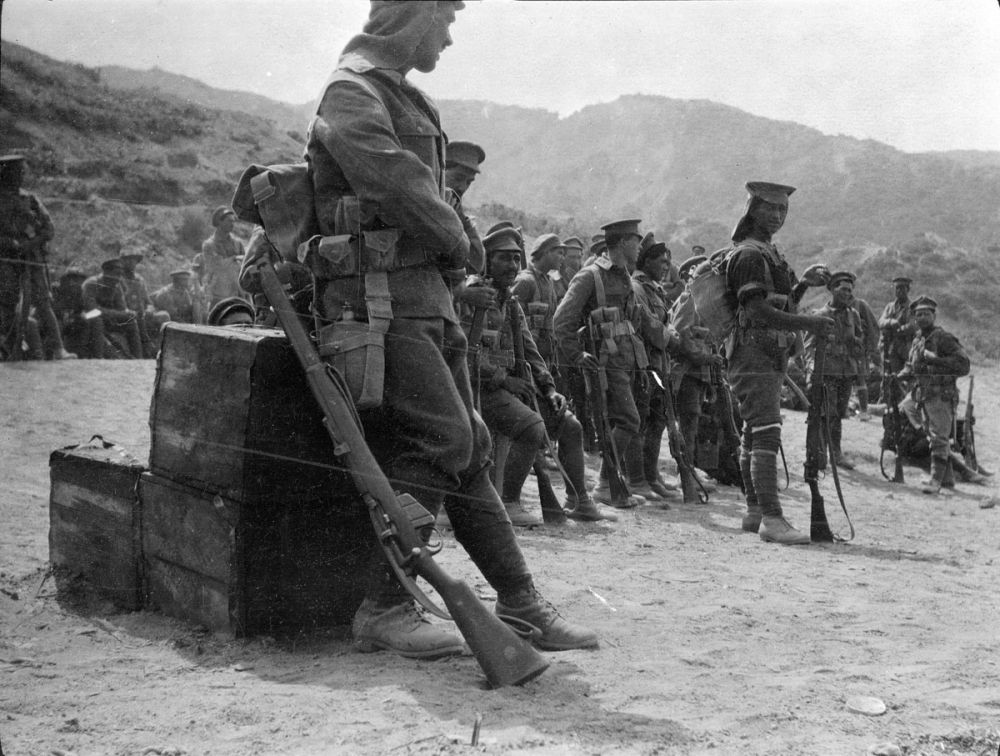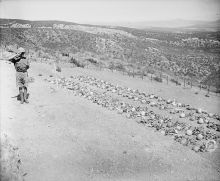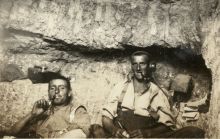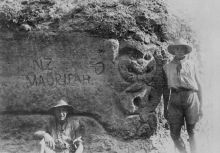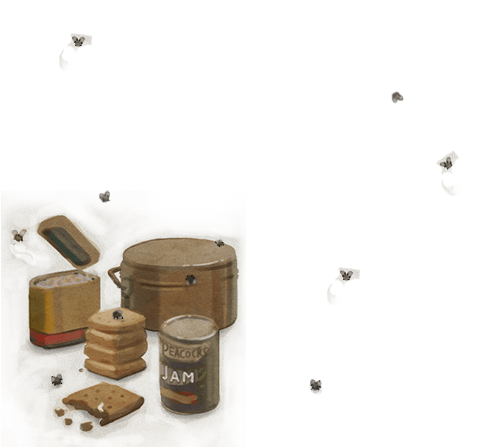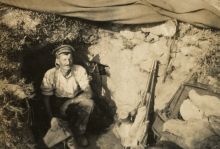Table Top
You’re standing on Table Top looking down the valley towards the sea. The gully on your right is Chailak Dere. On the night of 6 August 1915, the Wellington Mounted Rifles secured where you now stand.
Imagine the soldier leading the Wellington Mounted Rifles. He’d scrabble up the cliff, he’d get to the top, and the next guy would follow him up. He’d be trying not to make a sound because the New Zealanders were vastly outnumbered by the Ottoman defenders. He wouldn’t do anything until he had about a dozen men up with him. Then with a rip and a roar, he would go in with his bayonet in pitch darkness and overwhelm the Turks. The New Zealanders stabbed whoever they could, and the others either surrendered or ran away.
Meanwhile, Brigadier-General Andrew Russell, commanding the New Zealand Mounted Rifle Brigade, listened for progress of the night attack. The only thing he could hear was the rifle fire of the Turks as they retreated further up the hill, and the war cries of the Māori soldiers who were attached to three of the New Zealand Mounted Rifle Regiments. Russell wrote that it was this that allowed him to judge his men’s progress.
It was now time for the New Zealand Infantry to advance. This was a nightmare march because there were still scattered groups of Turks everywhere. There was fighting going on all along the valley and the men were very tired. As one soldier said, ‘you were dead from your feet up,’ and if you stayed too long in one position you’d fall asleep.
The only communication was word of mouth. It was night, it was pitch dark, if you were separated or lost, everything broke down. The Otago Infantry Battalion had lost touch with each other, with soldiers scattered all over the place. The Canterbury Battalion were completely lost, and would eventually go around in a big circle back to where they started.
Brigadier-General Earl Johnston, the commander of the New Zealand Infantry Brigade, told the Wellingtons commanding officer, Lieutenant-Colonel William Malone, to take over the lead. So the Wellington Infantry Battalion passed through the Otagos and took the lead in advancing up the ridge towards Chunuk Bair.


